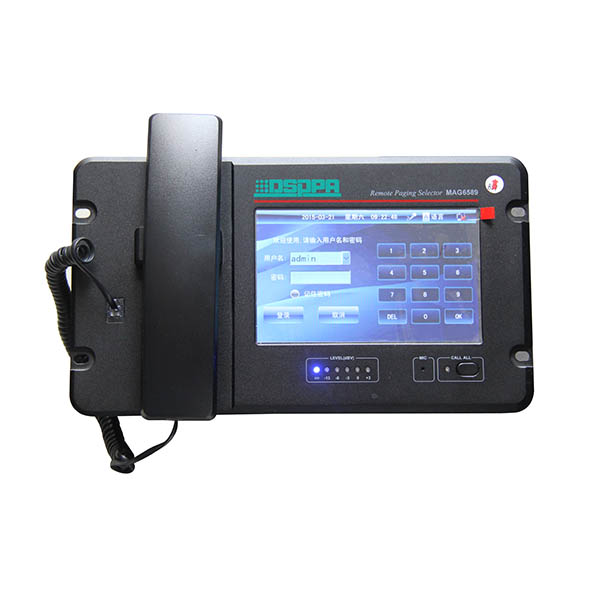

Chat now

In the dynamic and fast-paced environment of healthcare, effective communication is paramount. The coordination of medical teams plays a crucial role in delivering timely and high-quality patient care. In recent years, the integration of paging stations has emerged as a powerful tool, revolutionizing the way healthcare professionals collaborate and communicate within medical facilities. In this blog post, we will explore the significance of paging stations in healthcare settings and how they contribute to the seamless coordination of medical teams.
Healthcare communication has undergone a significant transformation, moving beyond traditional methods. Paging stations have become a cornerstone in this evolution, offering a reliable and efficient means of communication that goes beyond the limitations of traditional pagers and intercom systems. The result is an environment where medical teams can communicate seamlessly, leading to improved patient outcomes.
One of the key advantages of paging stations in healthcare is the ability to facilitate instant communication among medical teams. Whether it's a critical patient update, a request for assistance, or the need for a rapid response, paging station provide a direct line of communication that transcends the barriers of time and space. This instantaneous exchange of information fosters collaboration and ensures that medical professionals are always connected, even in the most urgent situations.
In healthcare, time is often of the essence, and the ability to respond swiftly can make a significant difference in patient outcomes. Paging stations play a vital role in enabling rapid response mechanisms. By alerting the right individuals or teams promptly, medical facilities can ensure that critical situations are addressed promptly, ultimately leading to more effective and efficient patient care.
Paging stations contribute to the streamlining of workflow processes within healthcare settings. From notifying staff about room assignments to coordinating the availability of specialized equipment, these systems help eliminate bottlenecks and enhance overall operational efficiency. This streamlined workflow not only benefits medical professionals but also translates into a more organized and patient-centric healthcare environment.
As technology continues to advance, healthcare facilities are increasingly integrating paging stations with other modern technologies. Integration with electronic health records (EHR) systems, nurse call systems, and mobile devices further enhances the capabilities of paging stations. This interconnected ecosystem ensures that critical information is readily available to medical teams, contributing to a more holistic and informed approach to patient care.
In conclusion, paging stations have emerged as a transformative force in healthcare communication, facilitating the seamless coordination of medical teams. By providing instant communication, improving response times, streamlining workflows, and integrating with modern healthcare technologies, paging stations contribute to a healthcare environment where collaboration is elevated, and patient care is optimized. As healthcare institutions continue to prioritize efficient communication, the role of paging stations is set to become increasingly integral in shaping the future of healthcare delivery.
 【DSPPA Demo】PAVA8000 EN54 Voice Evacuation SystemNovember 12, 2020Abstract: DSPPA PAVA8000 EN54 Voice Evacuation SystemToday, we are gonna show you a demo about our PAVA8000 EN54 Voice Evacuation System.PAVA8000EN54 Voice Evacuation System can not only support manua...view
【DSPPA Demo】PAVA8000 EN54 Voice Evacuation SystemNovember 12, 2020Abstract: DSPPA PAVA8000 EN54 Voice Evacuation SystemToday, we are gonna show you a demo about our PAVA8000 EN54 Voice Evacuation System.PAVA8000EN54 Voice Evacuation System can not only support manua...view The National Standard Approval Meeting held in BeijingJuly 19, 2019The National Standard Approval Meeting held in BeijingThe approval meeting of the National StandardTechnical standard of public address system engineeringis held in Beijing on July 16, 2019. Xue Chang...view
The National Standard Approval Meeting held in BeijingJuly 19, 2019The National Standard Approval Meeting held in BeijingThe approval meeting of the National StandardTechnical standard of public address system engineeringis held in Beijing on July 16, 2019. Xue Chang...view